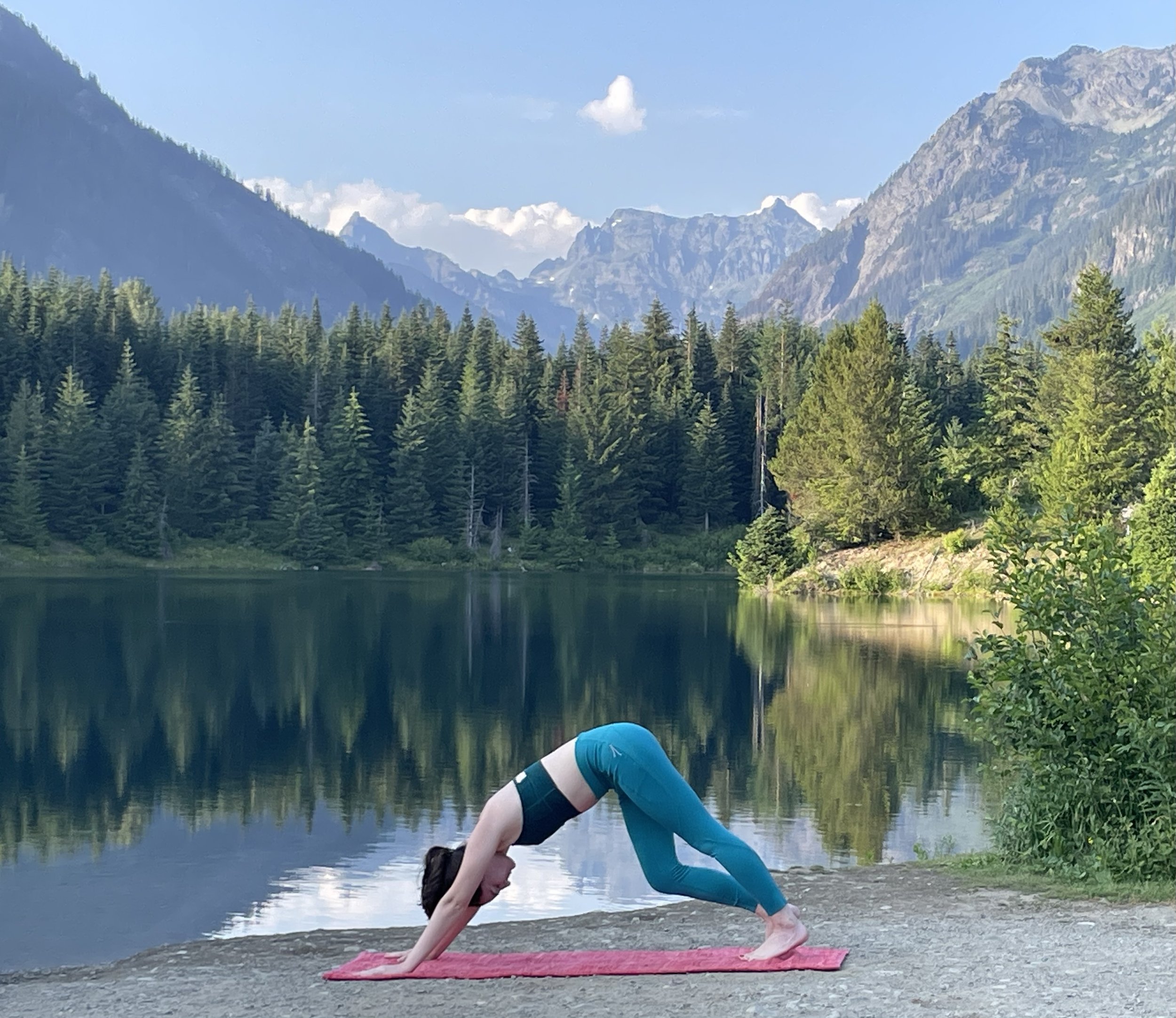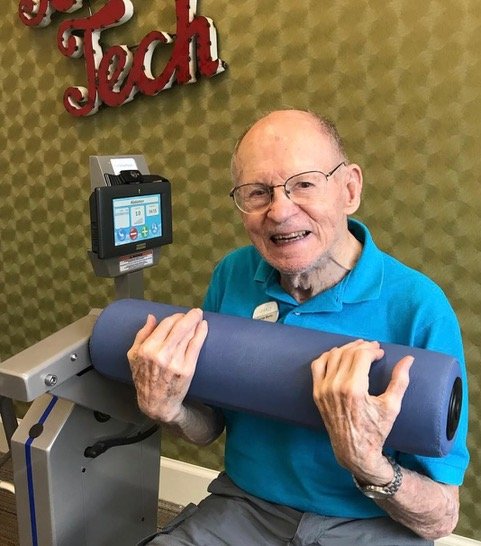Being Mindful of Ordinary Movement – Experiencing Movement as a Language
/photo taken at mirror lake, snowy range, wyoming.
photo taken at mirrow lake, snoqualmie pass, washinghton.
Mindfulness is often associated with a lot of fancy definitions. I seem to most often land on the idea of “paying attention” as the most simple, useful definition.
How might we be mindful or pay attention to movement in an ordinary day? How can we be more active in our body and heart and mind?
How might we become fluent in the idea of experiencing movement as a language for a wholehearted and healthy lifestyle?
What we say and how we talk to ourselves is so very important. What if we also contemplate how we could move in a tender and kind way towards ourselves? What if movement could be a language we could listen to? What choices could we make to move more freely? How could we move in a loving, gentle, and active way – a way that could possibly be the most generous gift we have ever given to ourselves and to others?
I love the concept of being a lifelong learner. What could we learn from paying attention to our movements in an ordinary day? What might we observe as we tune into movement around us?
I had never given much thought to my little finger, until one day Sterling and I were out for a walk and I was struggling with all I was carrying – leash, camera, coffee, phone. I temporarily put her leash on my little finger just about the time she saw a squirrel…and you guessed it, she lunged for the squirrel and my little finger was broken. Oh, the painful reminder over the next months of the value and necessity and preciousness of my smallest finger! How I began to truly appreciate all ten of my fingers – even the littlest one.
To celebrate and cherish movement is valuable – a gratitude journal of movement, if you will.
I once saw a t-shirt that said, “I run because I can.” I love that message, but truth be told, I don’t run – and I can. Loving and appreciating the things we CAN do is a powerful means to be grateful for our movement abilities, in whatever capacity we have. Our bodies are meant to move.
As I get older, I am learning new considerations for how to move. Managing hip pain, for example, has taught me that daily morning and evening stretches are essential for loosening up and lubricating the joints. We may have diminishments from aging or disease or accidents (pickleball seems to be a favorite sport AND an accident risk among my age group), but our commitment to move is essential to our health.
Movement is one of the most effective, non-pharmacologic methods to elevate mood, improve memory, and enhance overall wellbeing.
My Dad had Parkinson’s disease, a neurological disorder that disrupts normal movement. Dad was an incredible and inspirational role model for anyone who knew him. He was always active, a runner before running was cool. When I was in elementary school, I recall him leaving the house each morning to go for a run at 6:30 am…every workday. To the end of his life, even when he couldn’t move as freely as he once could, he valued exercise and movement.
I remember one day in his later years when Mom and Dad were still living at home, I offered to help him unload the dishwasher as he was shakily putting a glass up on the top shelf. “Oh no, Dianne,” he replied, “this is part of my daily exercise. I get to stretch to put the dishes up.” Dad’s doctors were always impressed with his strength. His daily tenacity and dedication to movement was key to his ability to live and love life.
This image is one of Dad exercising at the assisted living home in Lubbock, Texas.
Photo taken in Lubbock, Texas.
If there were an award for most hours in the exercise room, Dad would have won it. He just inherently got the value of movement and exercise. He exercised his body to keep it strong, and exercised his brain to keep it sharp. What a life lesson he gifted to all of us who knew him, his wisdom compensating for his later travails.
How are our emotions tied to our motions and movement? Research and our own experiences tell us that it is difficult to feel emotions without some kind of movement. We might shake when we are nervous, we might heave in long, shaking sighs when we’re sad, we might stiffen our jaw or tighten our neck and shoulders when we’re anxious, or we might jump up and down when we’re excited. A primer on feeling our emotions with our bodies can be found in observing children.
Photo taken at Lake Kemp, Seymour, Texas.
What a loving thing to do for ourselves – to give ourselves permission to move with our emotions, to let go of what we may have unknowingly trapped inside. How loving to encourage our bodies to move, and to free our emotions to restore the feeling of being fully alive!
Could it be that we even notice and appreciate the ordinary movement of things in our home – from the flow of water we initiate to fill the coffee pot to the rotation of the ceiling fan? So many movements enable our conveniences of life and allow us the possibility of using our time in a more passionate way.
When we were hiking In Nepal, we stopped at a tea house for an overnight rest, and learned that they had just recently acquired running water. The proprietors were overjoyed in telling us about the new ease with which they could provide for their guests. I took a photograph of this beautiful young tea house host washing the potatoes for lunch.
Photo taken in Nepal.
In reflecting on the concept of paying attention to movement, this month I invite us to pay attention to the ordinary movement in our ordinary days. I will be sharing some photos of movement from my recent days – some related to physical movement and others related to noticing movement in my everyday surroundings. May we consider how especially important the small movements are, as each small step is the first movement toward a big step.
I will close with this poem on rethinking movement and its infinite possibilities by my husband Roger.
You can follow the daily posts on Instagram and/or Facebook. If you are not on social media, you may download the PDF of daily reflections below.













